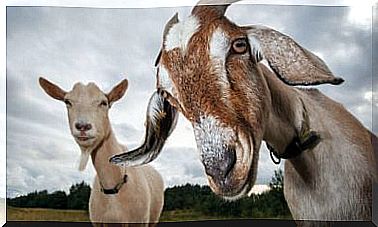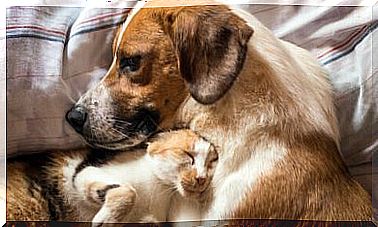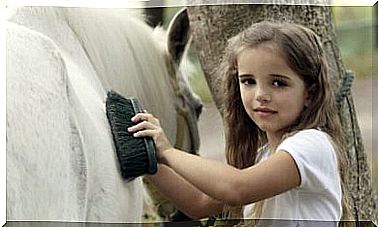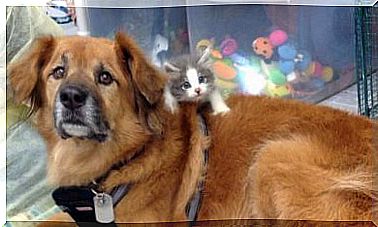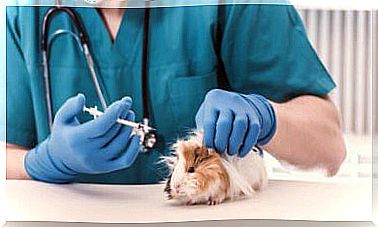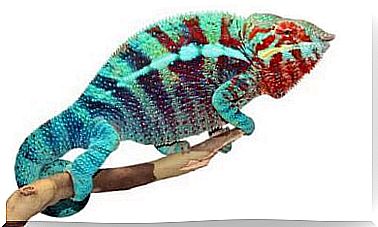Tonkine Cat: Care, Characteristics And Trivia
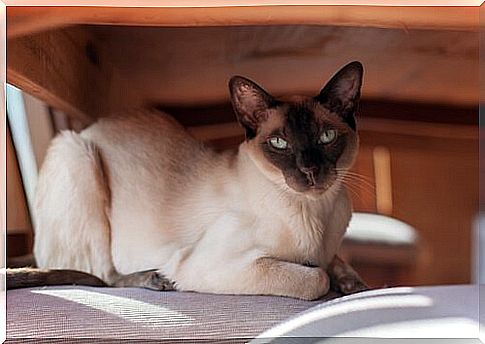
Affectionate, friendly to dogs and very playful, this cat is a very popular, charming and active pet. Below, we will see some useful information for a better understanding of this spectacular breed: the Tonkinese cat.
Tonkinese cat origin
Some versions attribute the origin of the Golden Siamese or Tonkine cat to the crossing of two breeds: the Siamese and the Burmese, in 1930 in Canada; some place the date in 1960. Apparently, the first studies gave way to the definitive result that took shape 30 years later.
From the 1960s onwards, the Tonkinese became one of the most popular cats. In 1971 he received his first recognition as a new breed, with competition cat status. In 1974, 1979, and 1984, other federations and associations that keep cat breed registries did so too.
affectionate and playful
Sociable, very affectionate and playful, the Tonkinese cat does not like solitude. When he feels alone, he meows looking for the company of his favorite human being or any other pet, including dogs. For this reason, it is not recommended to confine it to small, enclosed spaces. The best thing for a Tonkinese is a home where he can play outdoors.
Tonkinese Cat Characteristics
The Tonkinese is a medium-sized breed, between 2.5 and 5 kilos, with short, soft and dense fur. His compact and muscular body gives him the agility he needs for all the games he loves so much.
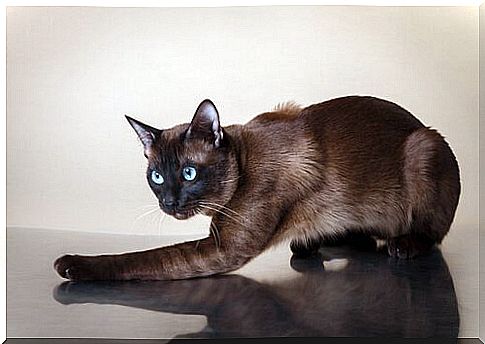
This little feline has small, oval feet and its legs are usually longer than its body. It has an upturned and usually brown nose, semi-oval ears and a round head. Its biggest attraction is its eyes, with intense and beautiful colors like blue-green.
The Tonkinese cat usually has a very light white or cream-colored neck. Its paws, tail, ears and brown muzzle make it mistaken for the Siamese.
Curiosities about the Tonkine cat
The Tonkinese cat is charming, full of energy and a joviality that he shares even with strangers. He has a very attractive personality, apparently inherited from his predecessors, the Siamese and the Burmese, both recognized for their temperaments.
In its relationship with its owner, this kitten is an affectionate cat that also demands affection. He will accompany his owner throughout the house, but will ask him to pet him and play. Your favorite person is your best company; he will be faithful and show affection by playing with his fingers or rubbing his paws.
Tonkinese are playful and love the tails of other cats and dogs; to him they are a toy. He likes to share his time with other pets, even if they are mammals of another species. Sometimes they become irritating to some less active animals, but kids love them. Their gentle, affectionate and playful spirit makes them the favorites of the youngest members of the family.
a cat to take care of
The Tonkinese is generally a healthy and strong cat, but there are certain precautions that must be put into practice. You need to brush it periodically to keep hair shiny and clean and remove dead hair. Although, like all cats, he doesn’t like water, when his owner considers it convenient, he should give him a bath.

It is also necessary to brush your teeth at least once a week to prevent oral diseases. Cleaning the eyes with damp and very soft cloths, as well as the ears weekly with cotton and wet wipes, are mandatory practices. It is advisable to keep your litter box clean and vaccinations up to date.
This cat’s diet must be balanced, especially to avoid damage to its digestive system. The habit of sharing human food with him is a mistake that can cost him several emergency vet visits.
This cute cat is prone to suffering from strabismus, a condition inherited from its ancestors. By genetics, it is also susceptible to diseases such as gingivitis and amyloidosis. In addition, you may suffer from asthma or bronchial, heart and gastrointestinal illnesses.
In females, the reproductive capacity begins between six and seven months, when the first heat occurs. In males, it occurs between 8 and 12 months.

